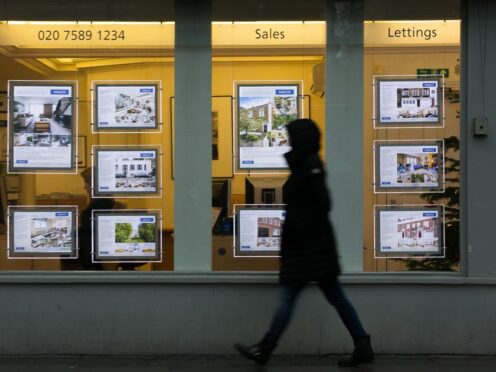This summary of claims from the campaign trail has been compiled by Full Fact, the UK’s largest fact checking organisation working to find, expose and counter the harms of bad information, as part of the PA news agency’s Election Check 24.
Would Conservative plans mean a £4,800 increase in the average mortgage?
The Labour party has claimed that the measures announced in the Conservative manifesto earlier this week would raise the cost of the “average mortgage” by £4,800.
This figure was presented at a press conference by the shadow chancellor Rachel Reeves, who warned of an “increase in the average mortgage totalling £4,800 over the course of the parliament”. It was also published in a Labour party dossier which said “the Conservatives’ plan will mean £4,800 more on your mortgage”, and was quoted in a Labour party post on social media.
The £4,800 figure is a speculative estimate that relies on several uncertain assumptions.
It also seems to describe the additional mortgage cost per year by the end of the next parliament, rather than the accumulated cost over the whole parliament (although this doesn’t appear to have been said explicitly, and some have interpreted this differently).
Labour estimated the net cost of a large number of spending commitments and revenue raisers in the Conservative manifesto, which it claims amounts to £71 billion.
This calculation makes a number of significant assumptions, for example that the Conservatives’ welfare reforms will generate no savings at all, compared to the Conservatives’ own estimate of £12 billion a year by 2029/30. (The Institute for Fiscal Studies has cast doubt on the £12 billion figure, but it is not certain that the reforms would raise nothing.)
Labour also assumed that all of the £71 billion would have to be borrowed, and that this would result in interest rates being raised, and that that would mean a £4,800 increase in mortgage payments for someone with an 85% mortgage on “the average house in the UK”.
We’ve not been able to fully replicate Labour’s figure for the impact on mortgages, as some of the detail behind the calculations remains unclear. For example, we don’t know what figure it used for “the average house”, or whether it attempted to factor in savings from fixed-rate mortgages.
GDP per capita
In Thursday’s ITV seven-party debate, Reform UK leader Nigel Farage claimed gross domestic product (GDP) per capita “has declined for the last six consecutive quarters”.
That’s not quite right. Office for National Statistics figures show GDP per capita increased in the first quarter of 2024 compared to the previous quarter—though it did fall for seven consecutive quarters prior to that.
Child poverty
In the same debate, the Scottish National Party’s Stephen Flynn said that 100,000 children will “be lifted out of poverty” thanks to the Scottish Child Payment (a weekly payment of £26.70 issued to eligible low income families for each child under 16).
The 100,000 figure likely refers to modelling which estimates 100,000 children will be kept out of relative poverty in 2024/25 due to Scottish Government policies.
However that modelling suggests the Scottish Child Payment specifically will keep 60,000 children out of relative poverty in 2024/25.
